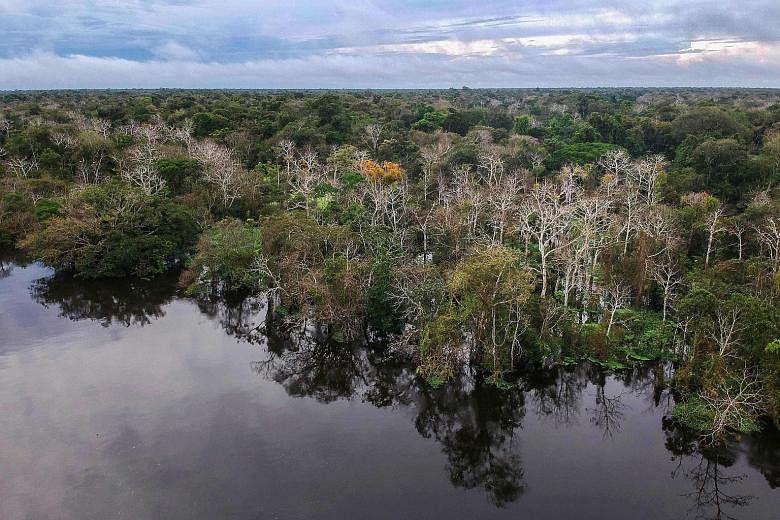Our eyes in the sky have revolutionised forest monitoring, giving us a big picture of the state and health of the planet's green spaces.
But while satellites measure tree cover, most do not capture what happens under the canopy, such as poaching, incursions from invasive species, degradation from selective logging, and understorey fires.
Already a subscriber? Log in
Read the full story and more at $9.90/month
Get exclusive reports and insights with more than 500 subscriber-only articles every month
ST One Digital
$9.90/month
No contract
ST app access on 1 mobile device
Unlock these benefits
All subscriber-only content on ST app and straitstimes.com
Easy access any time via ST app on 1 mobile device
E-paper with 2-week archive so you won't miss out on content that matters to you

